
Getting Through Immigration: A Simple Guide
Moving to a new country can feel like trying to solve a Rubik’s cube blindfolded. But don’t worry, we’re here to make it easier. Let’s break down the difference between immigration and customs, and what you need to know about visas.
Immigration vs. Customs
Think of immigration and customs as two bouncers at a club. Immigration checks if you’re on the guest list, while customs make sure you’re not sneaking in anything you shouldn’t. Immigration is all about whether you can legally enter and stay in the country. Customs is about what you’re bringing with you—like personal items, food, or anything that might be dangerous.
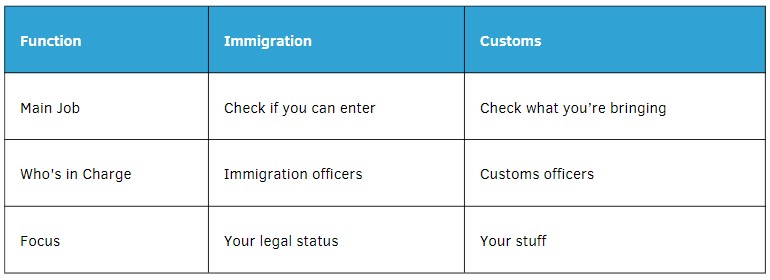
Visa Requirements
Visas are like tickets to a concert—different types for different reasons. If you’re heading to the U.S., there are several kinds of visas, each for a specific purpose like tourism, business, studying, or moving there for good.
Types of U.S. Visas:
– Tourist Visa (B-2): For vacations, visiting family, or medical treatment.
– Business Visa (B-1): For work meetings, conferences, or business deals.
– Student Visa (F-1, M-1): For studying in schools or vocational programs.
– Work Visa (H-1B, L-1): For jobs with U.S. companies.
– Immigrant Visa: For those who want to live in the U.S. permanently.
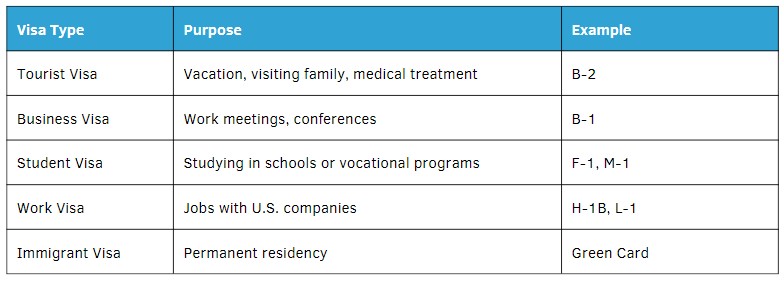
Before you apply for a visa, make sure you have all your paperwork ready. Missing or incorrect info can mess things up big time. Sometimes, even after you get through the first immigration check, you might be pulled aside for more questions. This can take a while and might even end with you being sent back if your documents aren’t up to snuff.
Knowing the difference between immigration and customs, and understanding the visa requirements, can make your move to the U.S. a lot smoother. So, get your ducks in a row, and you’ll be on your way to your new adventure with less hassle.
Immigration Procedures
Getting through immigration can be a bit of a hassle, especially if you’re heading to the United States. Knowing what to expect can make things a lot easier.
Initial Immigration Process
Every country has its way of handling immigration. In the U.S., it usually takes just a few minutes for most people, but if a bunch of international flights land at the same time, you might be in for a wait. Here’s what happens:
– Check Your Papers: They’ll look at your passport and visa.
– Quick Chat: They’ll ask why you’re visiting.
– Biometrics: They’ll take your fingerprints and a photo.

Second Level Inspections
Sometimes, you might get pulled aside for a second look. This can happen for a bunch of reasons, like if your papers don’t match up or just by random chance. How long this takes can vary, and if your documents aren’t right, you might get sent back home on the next flight (UMN Learning Abroad Center).
During these inspections, they might:
– Ask More Questions: A longer interview.
– Check More Papers: Look at extra documents.
– Background Check: Dig into your history.

Knowing what to expect can help you get ready and avoid any surprises.
Customs Regulations
Customs rules are a big deal when you’re moving to a new country. Knowing the ins and outs can save you a lot of headaches at the border.
What Customs Does
Customs folks are the gatekeepers for stuff coming in and out of a country. We’re talking about everything from pets and food to personal items and hazardous materials. Every country and airport has its own way of doing things.
Customs officers have a few main jobs:
– Checking your bags and goods
– Enforcing bans and limits
– Collecting taxes and duties
– Stopping illegal stuff from getting in or out
They make sure everything coming into the country follows the rules and that banned items stay out.
What You Need to Declare
When you enter a new country, you have to declare certain things. The rules can change depending on where you are, but usually, you need to declare stuff that goes over duty-free limits, restricted items, and large amounts of cash. If you don’t, you could get fined or have your stuff taken away.
In the U.S., you need to declare:
– Stuff you bought or got abroad
– Gifts you received
– Repairs or changes made to your stuff while abroad
– Items you plan to sell
Here’s a quick rundown of what you need to declare in the U.S.
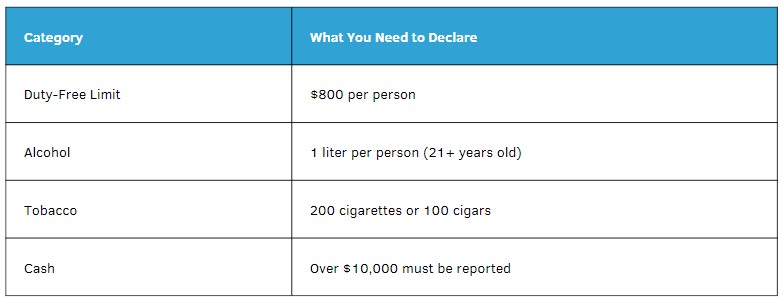
You’ll need to fill out a declaration form, either online or on paper, listing what you’re bringing into the country. Being honest and thorough can help you breeze through customs.
Knowing what customs do and what you need to declare can make your move a lot smoother. Be prepared, and you’ll have a much easier time getting into your new country.
Immigration in Different Countries
Germany’s Visa Perks
Germany’s got a sweet deal for folks from Taiwan. If your passport has an identity card number, you can skip the visa hassle (Federal Foreign Office). This move is all about making it easier for certain nationalities to come and stay in Germany.

Refugee Employment Trends
Refugees in Europe face a mixed bag when it comes to finding work. Spain stands out with a third of its refugees holding higher education degrees. Compare that to Germany, Italy, and Croatia, where less than 15% of refugees have similar qualifications.
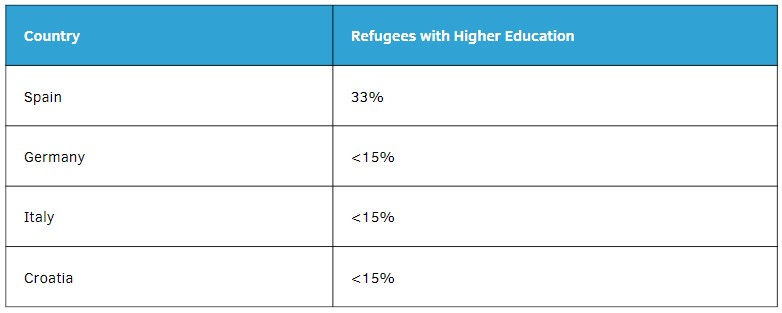
It can take refugees up to 20 years to hit an employment rate of 56%, matching the native-born population. But in the first five years, only 25% of refugees find work, the lowest among all migrant groups.
Refugees often end up in jobs they’re overqualified for. About 60% of tertiary-educated refugees are in this boat, compared to 20% of the native-born population and 31% of other migrants.
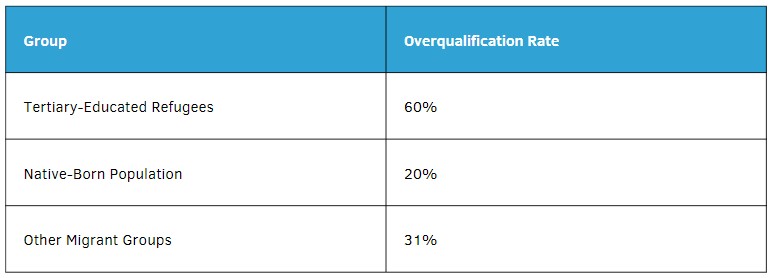
Refugee women have it even tougher. Their employment rate is around 45%, which is 17 percentage points lower than refugee men and 6 points lower than other non-EU-born women.

Getting a handle on these trends is key for creating policies and programs that help refugees integrate into the job market, making the immigration process smoother and more effective.
How Immigration Affects the Job Market
Immigration shakes up the job market in a host country in a few ways. Let’s break it down into wages and job opportunities for both locals and newcomers.
Wages: The Good, The Bad, and The Tiny
Studies show that immigration’s impact on wages is pretty small. In the UK, for example, research has found mixed effects on wages depending on how much workers earn (Migration Observatory). Low-wage workers might see a tiny dip in their pay, while those earning more could get a slight bump.

So, if the number of migrants in low-wage jobs goes up by 1%, wages in those jobs might drop by about 0.2%.
Job Opportunities: No Big Shake-Up
When it comes to job opportunities for locals, immigration doesn’t rock the boat much. The Migration Advisory Committee found that immigration barely affects the average employment or unemployment rates for existing workers in the UK.
The Bottom Line
In a nutshell, while low-wage workers might see a tiny drop in their pay due to immigration, those in the middle and high-wage brackets could see small gains. But overall, the effects on wages and job opportunities are pretty minor.
Recent Immigration Policy Changes
Skilled Immigration Act
The Skilled Immigration Act (Fachkräfteeinwanderungsgesetz or FEG) is here to make life easier for skilled workers and folks with hands-on experience who want to work in Germany (Make it in Germany). Since November 2023, this act has rolled out new rules to help skilled professionals from everywhere get into the German job market.
Here’s what’s new:
- Two New Ways In: Now, there are two fresh paths for getting foreign qualifications recognized: one for skilled workers and another for students and trainees. This means it’s quicker and simpler to get your credentials approved and start working in Germany.
- Western Balkans Regulation: If you’re from Albania, Bosnia and Herzegovina, Kosovo, Montenegro, North Macedonia, or Serbia, you can now work in Germany in non-regulated jobs. There’s a cap of 50,000 approvals per year, starting June 2024.

EU Blue Card Implementation
The EU Blue Card has been revamped under the Skilled Immigration Act. Since November 2023, it’s now easier for skilled professionals to qualify thanks to a lower salary threshold.
Key updates:
- Lower Salary Threshold: For jobs in high demand, the salary threshold is now 45.3% of the annual assessment ceiling, which is €41,041.80 for 2024. This change opens the door for more skilled professionals to get the Blue Card.
- Opportunity Card for Non-EU Nationals: This card lets people from outside the EU look for jobs in Germany, giving them more flexibility and chances to join the German workforce.

These changes are part of Germany’s plan to attract skilled workers and fill job gaps in various sectors. By making it easier to meet the requirements and offering new ways to immigrate, Germany is positioning itself as a top choice for skilled professionals worldwide.


